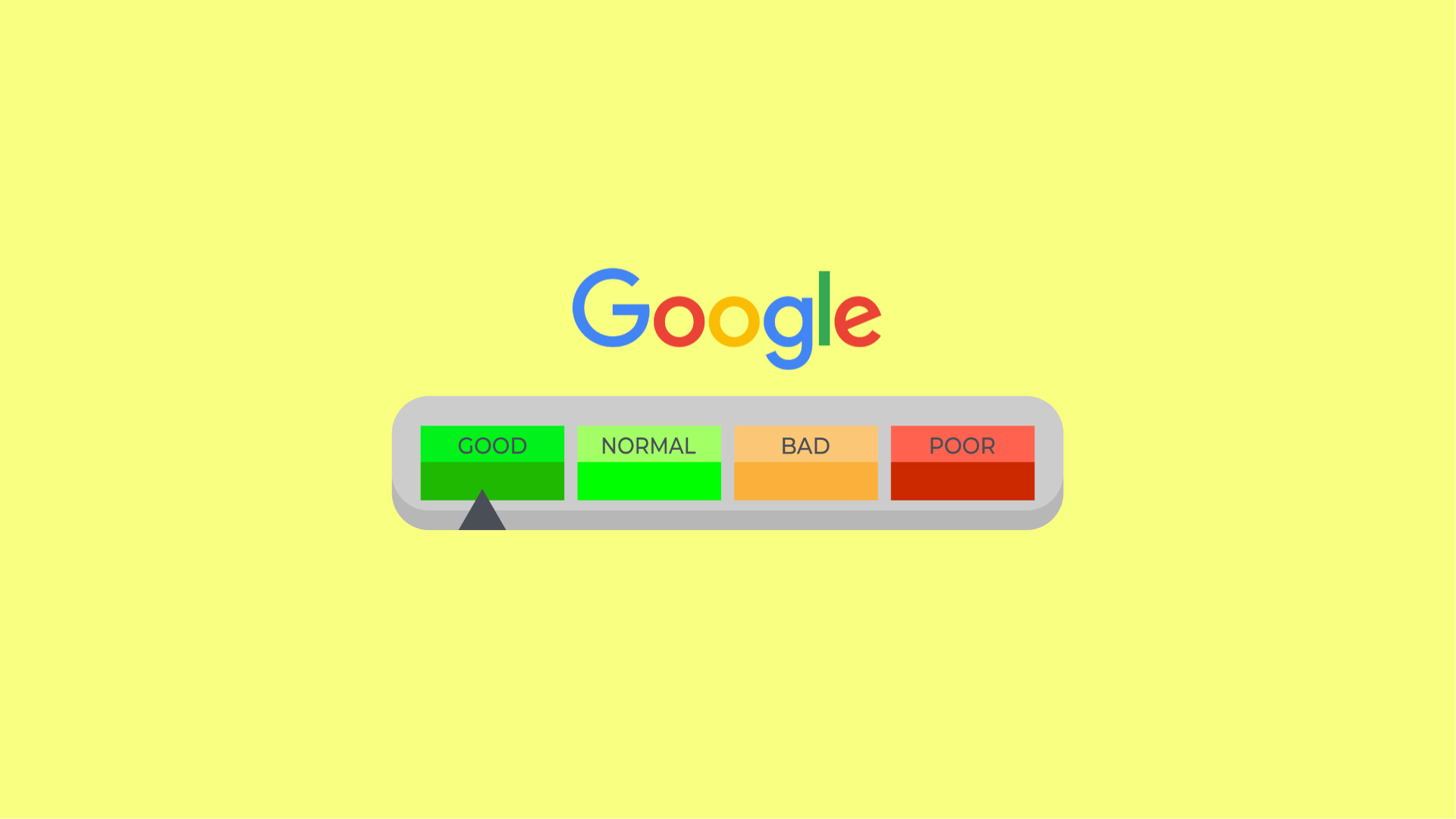When you listen the words “spam score,” it is very easy to confuse it for many types of things. Spam can refer to email spam or describe spammy search engine optimization practices and a lot more. However, in this article, we’ll take a nearer look at the Google Spam score assigned to publishers via Google products such as Google Ad Manager, AdSense, and Ad Exchange. In this blog, we will display you why it is in your best interest to have a healthy Google Spam score and how to improve it.
What is the google spam score?
Google spam score is a metric which shows the percentage of clicks from a publisher identified as spam clicks. Limiting or removing spam clicks and invalid traffic from your site will help you to maintain the score healthy and protect your ad accounts from getting banned. Publishers with bad score can face clawbacks in their revenue or even lose their Google ad account if matters get out of hand.
- 1%-30% rating is viewed as Low Spam Score.
- 31%-60% rating is viewed as Medium Spam Score.
- 61%-100% rating is regarded as High Spam Score.
What can publishers do to have a healthy Google spam score?
Keep in thought that records on this situation stays limited, and Google is indistinct on sharing precisely how this works. However, we have viewed problems with placements of ad and invalid visitors being the essential instigators in bad spam scores.
Do not overfill your site with ads. Don’t put ad units in areas the place they are susceptible to unintended clicks, as this can harm your spam score and cause you serious trouble.
Spam rankings are measured as a share of spam vs everyday clicks. Ad devices that get excessive CTRs however low viewability is an immediately red flag that can lead to account termination.
We recommend you Mahimeta Analytic System that filter and stop invalid traffic from seeing your ads. You can see outcomes in our dashboard.

